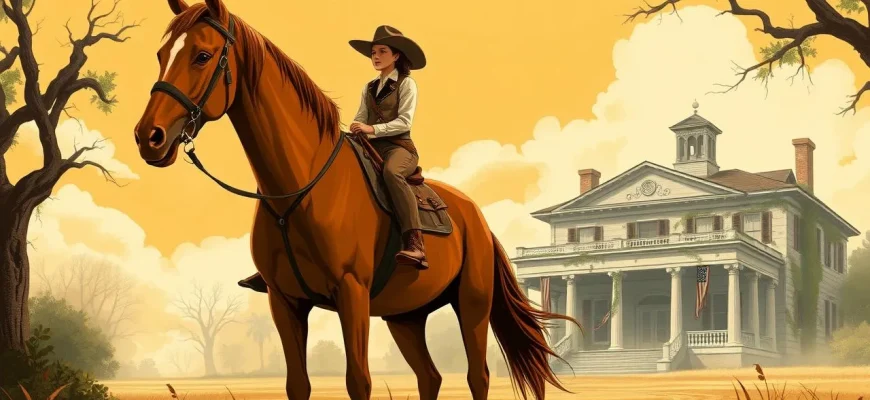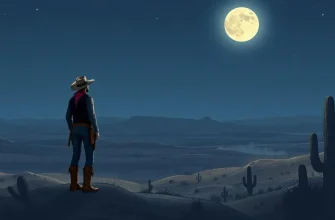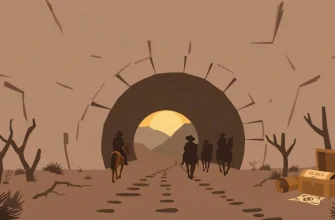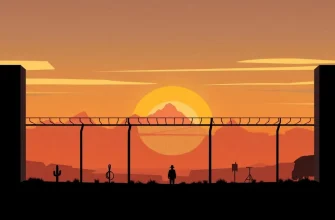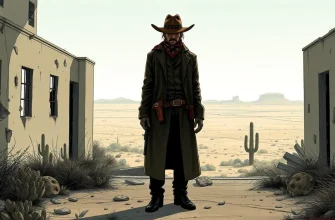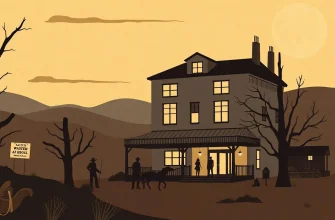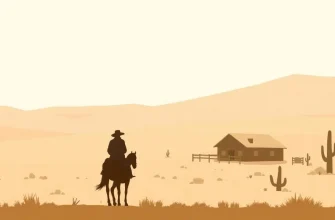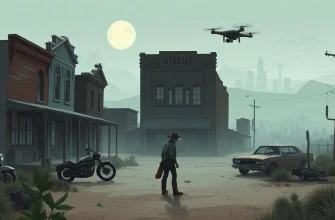Dive into the world of Western films where the vast landscapes of plantations set the stage for tales of adventure, conflict, and the American spirit. This collection not only showcases the cinematic beauty of these settings but also delves into the complex social dynamics of the era, providing a nuanced look at history through the lens of the Wild West. Whether you're a history buff or a fan of Westerns, these films offer a compelling mix of action, drama, and cultural exploration.
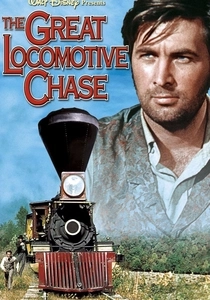
The Great Locomotive Chase (1956)
Description: Although primarily about a Union raid, the film includes scenes where the raiders encounter Southern plantations, highlighting the contrast between the North and South during the Civil War.
Fact: This was one of Disney's first live-action films, and it was based on a true story from the Civil War.
 Watch Now
Watch Now 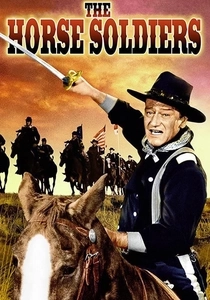
The Horse Soldiers (1959)
Description: This film, set during the Civil War, follows a Union cavalry raid through Mississippi, with scenes taking place on a plantation where the characters face moral dilemmas and confrontations.
Fact: John Ford directed this film, which was one of his few Westerns not set in the traditional West but rather in the South. It was also one of the first films to depict the Union Army in a less than heroic light.
 Watch Now
Watch Now 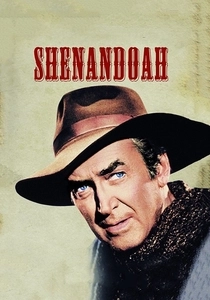
Shenandoah (1965)
Description: Set in Virginia during the Civil War, this film focuses on a family's struggle to remain neutral, with their plantation becoming a battleground for personal and political conflicts.
Fact: James Stewart's performance in this film is often cited as one of his best, showcasing his range beyond his typical Western roles.
 Watch Now
Watch Now 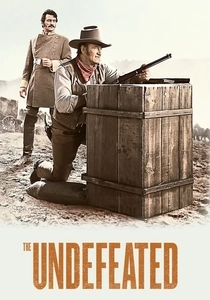
The Undefeated (1969)
Description: While primarily a tale of post-Civil War camaraderie, the film includes scenes where the characters pass through plantations, reflecting the changing landscape of the South.
Fact: This was one of the last films John Wayne and director Andrew V. McLaglen made together, marking the end of a prolific partnership.
 Watch Now
Watch Now 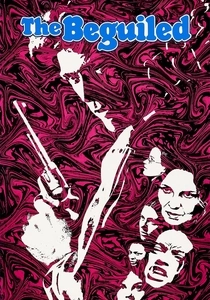
The Beguiled (1971)
Description: Set in a secluded girls' school in Virginia, this film explores the tension and psychological games that ensue when a wounded Union soldier takes refuge there, highlighting the plantation setting's isolation and its impact on the characters.
Fact: The film was remade in 2017 by Sofia Coppola, showcasing how the story's themes remain relevant. It's also one of the few Westerns where the setting is a Southern plantation rather than the open plains.
 Watch Now
Watch Now 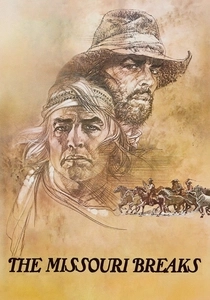
The Missouri Breaks (1976)
Description: This film, set in Montana, includes scenes where characters interact with the remnants of Southern plantation life, reflecting the broader cultural shifts post-Civil War.
Fact: The film marks one of the few collaborations between Marlon Brando and Jack Nicholson, showcasing their contrasting acting styles.
 Watch Now
Watch Now 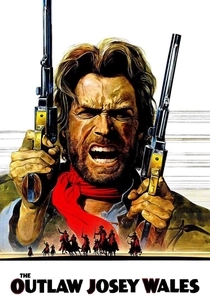
The Outlaw Josey Wales (1976)
Description: While not exclusively set on a plantation, the film includes scenes where Josey Wales seeks refuge on a farm, reflecting the plantation lifestyle and its challenges during the post-Civil War era.
Fact: Clint Eastwood not only starred in but also directed this film, which was one of his first major directorial efforts. The film's portrayal of the South was praised for its authenticity.
 Watch Now
Watch Now 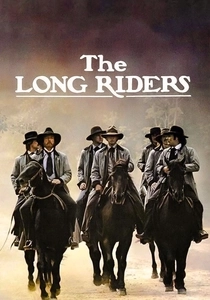
The Long Riders (1980)
Description: This film about the James-Younger Gang includes scenes on a plantation, showcasing the gang's hideouts and the Southern lifestyle they were part of.
Fact: The film uniquely cast real-life brothers to play the brothers in the gang, adding a layer of authenticity to the familial dynamics portrayed.
 Watch Now
Watch Now 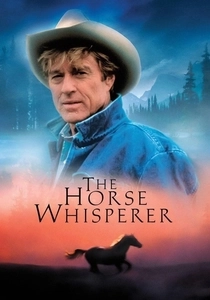
The Horse Whisperer (1998)
Description: Although not a traditional Western, this film includes scenes on a ranch that once was a plantation, exploring themes of healing and the American frontier spirit.
Fact: Robert Redford, who directed and starred in the film, also adapted the screenplay from the novel by Nicholas Evans.
 Watch Now
Watch Now 
The Last Confederate: The Story of Robert Adams (2007)
Description: This film tells the story of a Confederate soldier and his wife, with significant scenes set on their family plantation, exploring the personal and societal impacts of the war.
Fact: The film was independently produced and features a mix of professional and non-professional actors, giving it a unique, grassroots feel.
 30 Days Free
30 Days Free 
